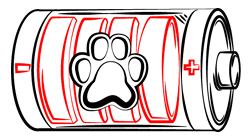
Paws ‘N’ Pups Quickview
Size
| Energy Level
| Trainability
| Paws ‘N’ Pups Rank
|
Characteristics
| Physical Characteristics: Height: 17-22” Weight: 25-50 lbs. Energy Level: Very High | Colors: The Texas Heeler is found in the following colors:
|
Health & Longevity
Average Life Span: 12-15 years
The Texas Heeler is a crossbreed of the Australian Cattle Dog and the Australian Shepherd Dog. Like all hybrid breeds, he is less prone to hereditary health conditions than his purebred counterparts, but there is a possibility he may experience health problems common to both parent breeds.
Hip dysplasia is one possibility for the Texas Heeler, and it occurs when a malformed hip joint does not allow the thighbone to fit properly into place. This degenerative condition can lead to discomfort, pain, and limping. In more severe cases, arthritis and even lameness can result, and corrective surgery may be required. Responsible breeders do not breed dogs with hip dysplasia, so ensure that your prospective puppy’s parents have no history of the condition. Although it is hereditary, hip dysplasia can be triggered by rapid weight gain or injury. While your pup’s joints are still developing, monitor his activity and do not allow him to run on potentially slippery floors or jump excessively.
Progressive Retinal Atrophy (PRA) is another potential health problem for the Texas Heeler. PRA is the gradual degeneration of the retina, ultimately leading to failed daytime vision. There is no cure for PRA, but dogs with the condition continue to lead happy lives. The gradual nature of PRA allows the affected dog to adjust to his failing vision.
Other health issues the Texas Heeler may experience include cataracts and epilepsy, which causes seizures.
In general, the Texas Heeler is a healthy breed with an average lifespan of 12-15 years.
Temperament & Train-ability
Temperament can vary in hybrid dogs because they can have any combination of qualities known to their parent breeds, and the Texas Heeler is no exception. However, the typical Texas Heeler is very active and energetic, and he is a friendly and hard-working dog. He is also intelligent with a bit of a stubborn streak, although he is extremely loyal to his family.
The Texas Heeler should not live in an apartment. He is commonly utilized as a herding dog, so he likes having tasks to complete and needs plenty of daily exercise. At a minimum, the Texas Heeler should be taken on two long, fairly brisk walks each day. He also likes jogging, running, and hiking, so an active and outdoorsy owner can be a good fit for this breed. He needs some space and time to run freely, so a large yard is ideal. Be sure your yard is securely fenced and that he is kept on a leash in open spaces outdoors, because he does have a tendency to wander. The Texas Heeler does not bark much unless he feels it is necessary, and he can make an excellent and alert watchdog. Although it takes socialization and training to turn the Texas Heeler into the ideal family companion, he does bond strongly to his family and is extremely loyal to his people.
The Texas Heeler is good with children, especially when raised with them, but he does have a tendency to roughhouse and may attempt to herd them, so supervision is a must around younger children. Although he is affectionate with his family, the Texas Heeler can be very reserved with strangers unless properly socialized. He may be dog aggressive and has a tendency to chase smaller pets. Socialization from a young age is crucial to ensure that the Texas Heeler behaves appropriately with children, strangers, and other pets. Expose him early and often to a wide variety of sights, smells, people, places, and animals.
Training a Texas Heeler can be a relatively simple task for the right owner. He is intelligent, active, and likes having tasks to complete, making him highly trainable. However, he is a typical herding dog who can be stubborn and independent, and he may attempt to assert his dominance. You must provide firm, consistent leadership, and make it clear that you are in charge each time he challenges you. Keep sessions challenging and varied to stimulate this intelligent dog and prevent boredom. Use positive reinforcement like favorite treats, playtime, or verbal praise. The Texas Heeler will only become increasingly stubborn with harsh treatment, so simply be patient, persistent, and firm.
Grooming
The Texas Heeler’s short to medium coat is water repellent and sheds moderately. Brushing may be needed 3-4 times a week. Bathe only as needed to avoid damaging the natural oils in his skin.
Trim his nails when they grow long enough to touch the floor in order to prevent breakage. Check his ears regularly for signs of infection like redness, tenderness, and odor. Brush his teeth at least 2-3 times weekly to ensure sound health and avoid bad breath.
Diet
The average Texas Heeler should consume 1.5-2.5 cups of high-quality dry dog food daily. He should eat a food formulated for active breeds to best suit his nutritional needs. Remember that the ideal type and amount of food for your individual dog will depend on variables such as age, metabolism, activity level, weight, and build.
Ensure that your Texas Heeler always has clean, fresh drinking water readily available.
Looking for a Texas Heeler?
 Find A Texas Heeler Breeder |  Texas Heeler Puppies For Sale | 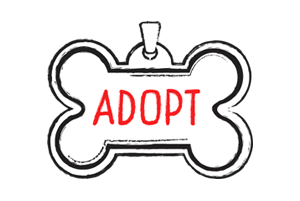 Adopt A Texas Heeler |
Cost
The average Texas Heeler will cost $250-$850, and prices will vary according to breeder location, gender, and other factors.
If you can adopt a Texas Heeler, expect adoption fees to cost up to $175.
Paws ‘N’ Pups Ranking
Paws ‘N’ Pups ranks every breed out of 4 with 1 being easiest to integrate into your life and 4 being the toughest – The lower the ranking the better.
Ranking takes into account a few basic factors including cost, skill level needed, high vs low maintenance and how critical regular training is to success. The Texas Heeler ranks a 2.5. He is very healthy, is an excellent watchdog, and can be adequately exercised with two long walks daily. However, he does require extensive socialization to ensure appropriate behavior with people and other pets, and appropriately training him requires firm and consistent leadership. He can be a rambunctious dog who is prone to wander, and his coat may need to be brushed up to four times weekly.
Breeds Similar To Texas Heeler
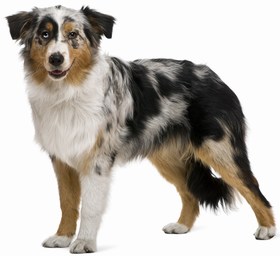 Australian Shepherd | 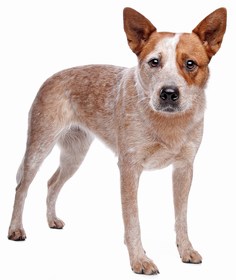 Australian Cattle Dog | 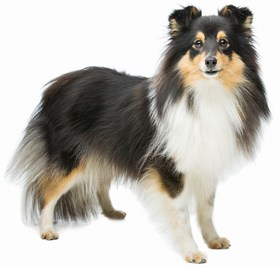 Shetland Sheepdog | 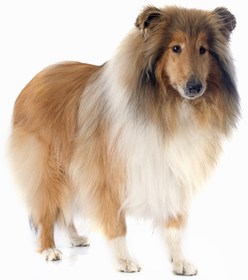 Collie |


